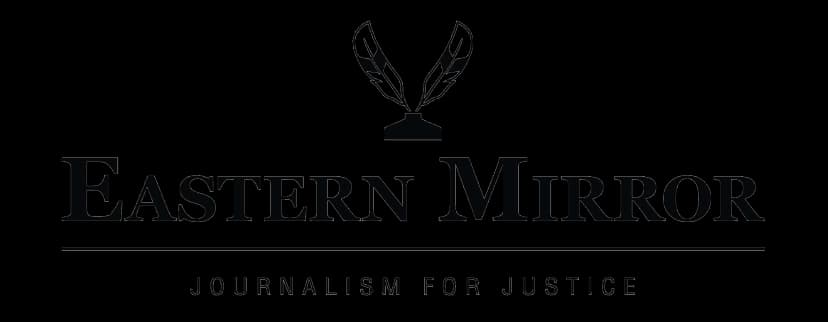THURSDAY, MAY 22, 2025
- Home
- Nagaland displacement book released
Nagaland displacement book released
Published on Dec 5, 2017
By EMN
Share
Dimapur, Dec. 4 (EMN): A book titled “The challenge of development: Displacement in Nagaland 1947-2010” was released by T MhabemoYanthan, Secretary to the Government of Nagaland at St Joseph’s College, Jakhama, on November 30.
A press release issued by Dr. (Fr) Sebastian Ouseparampil, Principal of St Joseph’s College, Jakhama, stated that the book authored by six persons including four teaching faculty of the college was an attempt to answer the extent of displacement in Nagaland by development projects and its impact on the people deprived of their livelihood.
Studies conducted in sixteen states on displacement by development projects 1947-2010 showed that an estimated 65 million people have been deprived of their livelihood in the name of national development from 40 million hectares, 40 percent of them tribal and 40 percent more from other rural poor communities. They have been further impoverished and marginalised but the benefits reached the middle and upper classes, it stated. However, the study in Nagaland conducted by Bokali Chishi Mughavi, Medonuo, Pienyu, K Alibo Achumi, Mhonthung Yanthan and Thejonuo Fidelia and directed by Dr Walter Fernandes, painted a different picture.
According to Walter Fernandes, a total 62,318 persons deprived of their livelihood in Nagaland by 54,672 acres used for various projects since 1947-2010 have not suffered as much as their counterparts in the rest of India. The first reason being that land in the State, managed under the customary law, were acquired through negotiations and not by force as the rest of India.
Secondly, through negotiations mostly clan land are given for projects. Because of the community spirit traditionally prevailing among the Naga tribes, the clan rehabilitated the land losers. It, however, stated that the spirit is getting weak and land shortage is being felt and might tempt the state to acquire land by force. It stated that till now, except for the Doyang dam, most land used were for defence and transport projects. Since the state needs development, the authors cautioned the State against the temptation to acquire it by force and impoverish the people as most other states have done.
The final chapter of the book presented a development paradigm that could combine economic growth, infrastructure building and people’s development.
Mhonthung hoped that policy makers would read the book since it would be useful for the future of Nagaland. The book is on sale at Stall 15 of the Bamboo Pavillion at the Heritage Village, Kisama.

